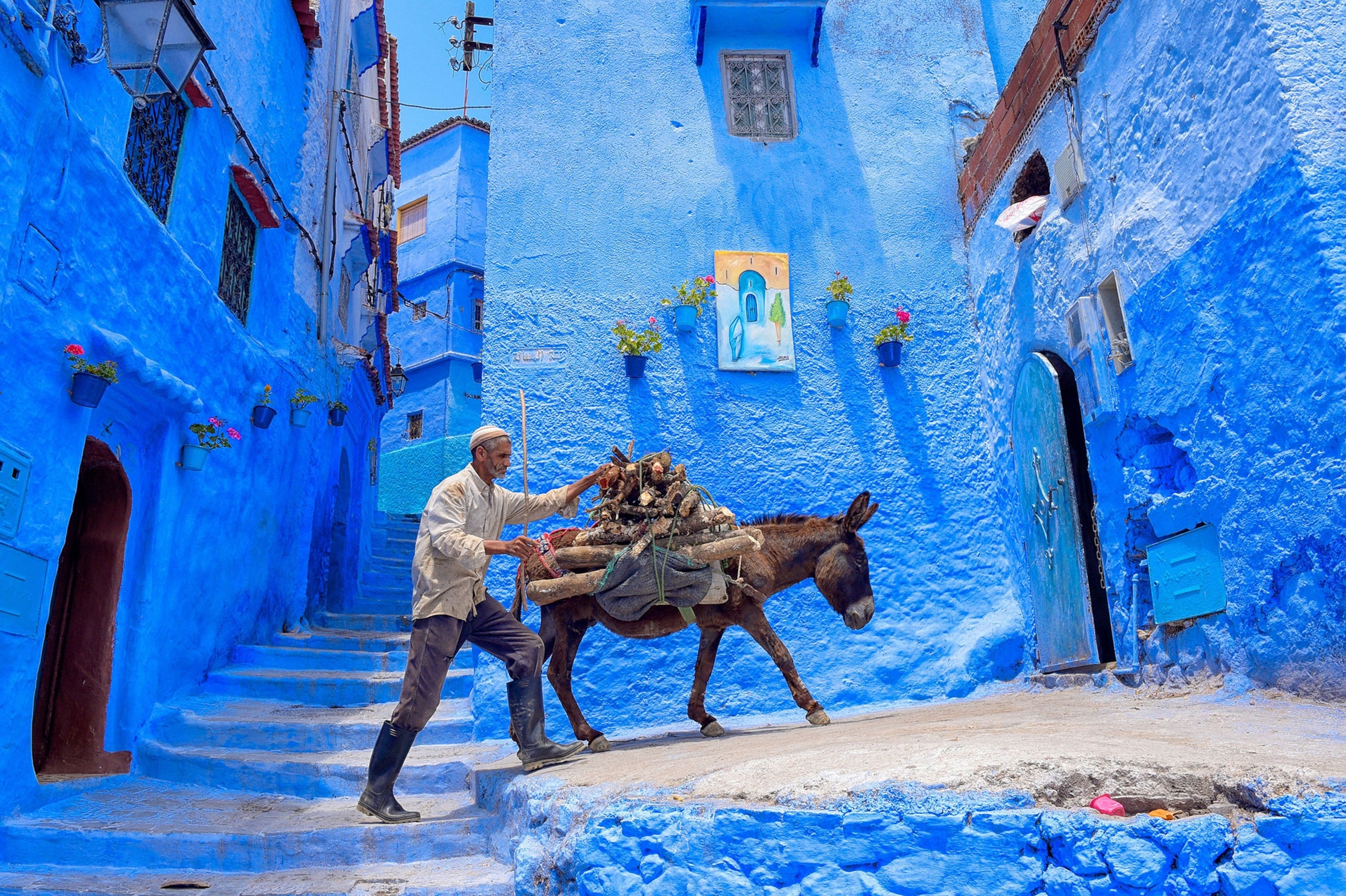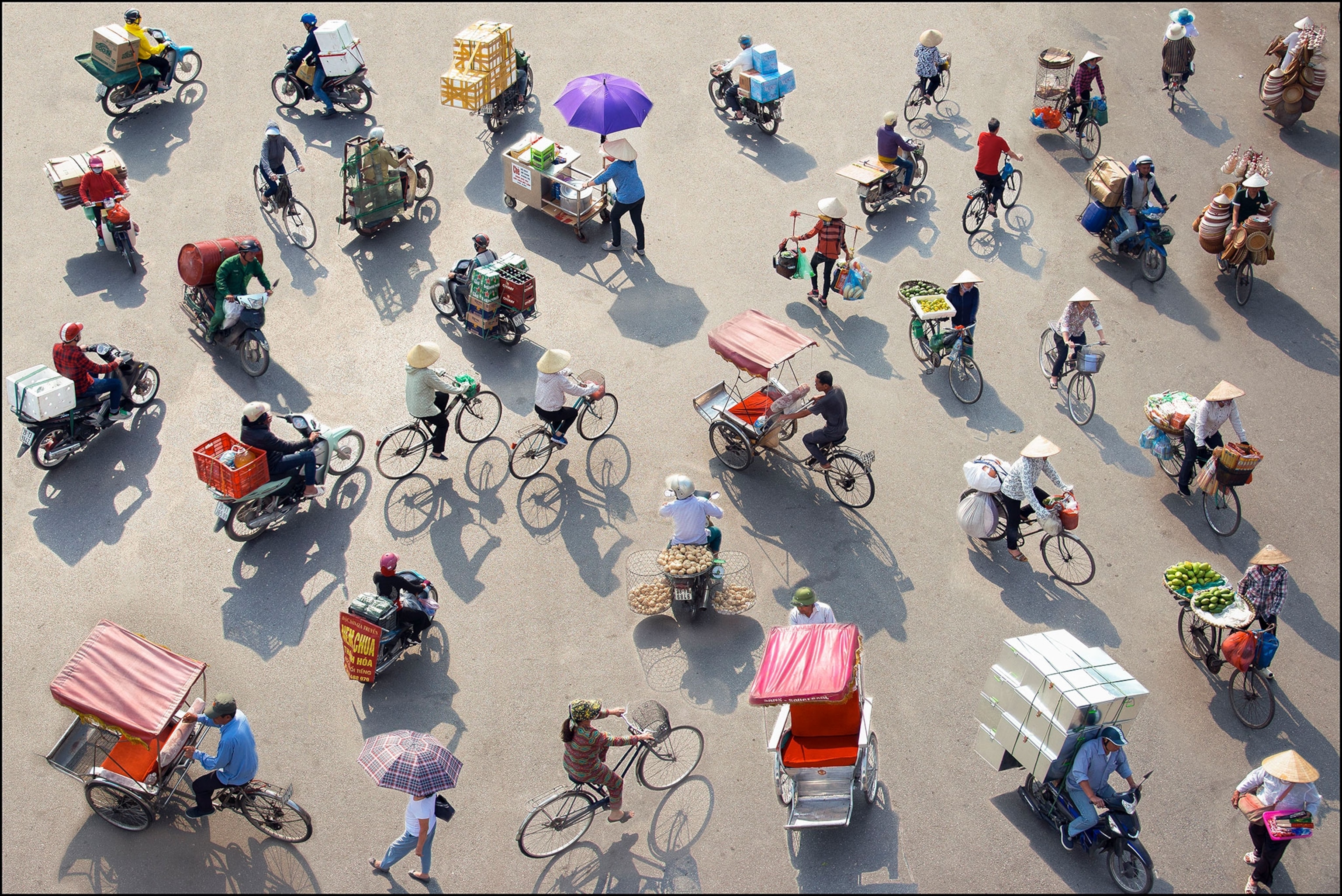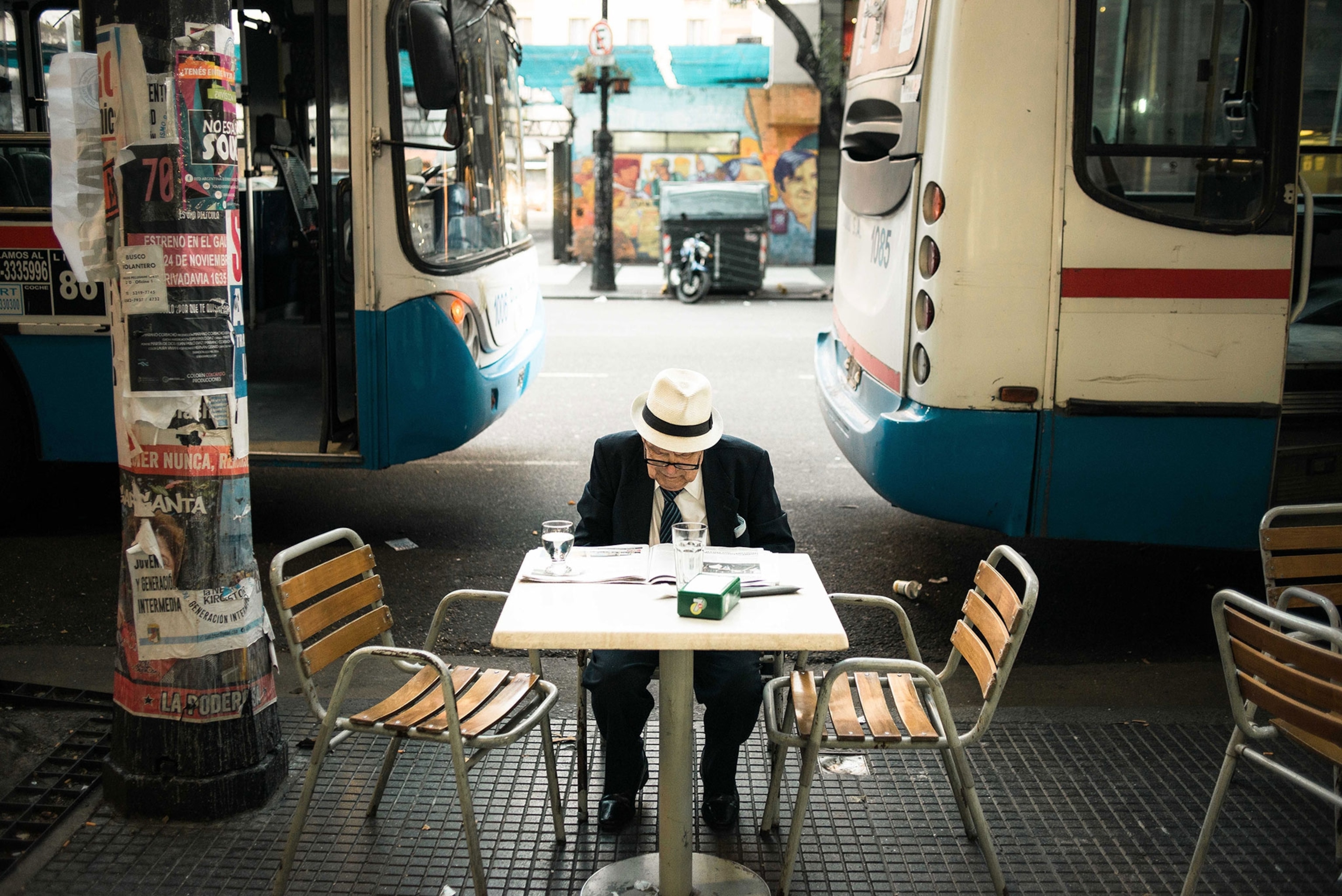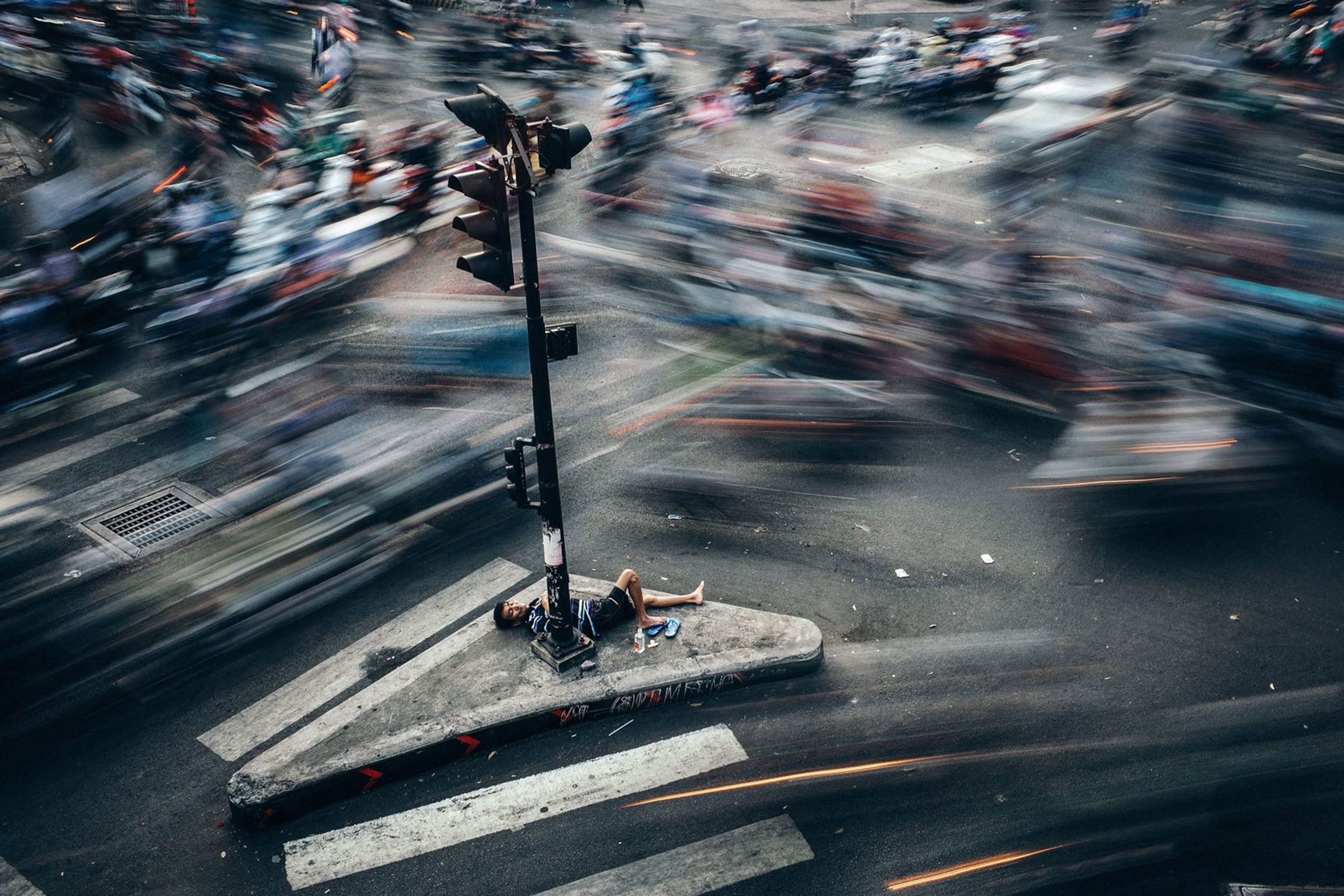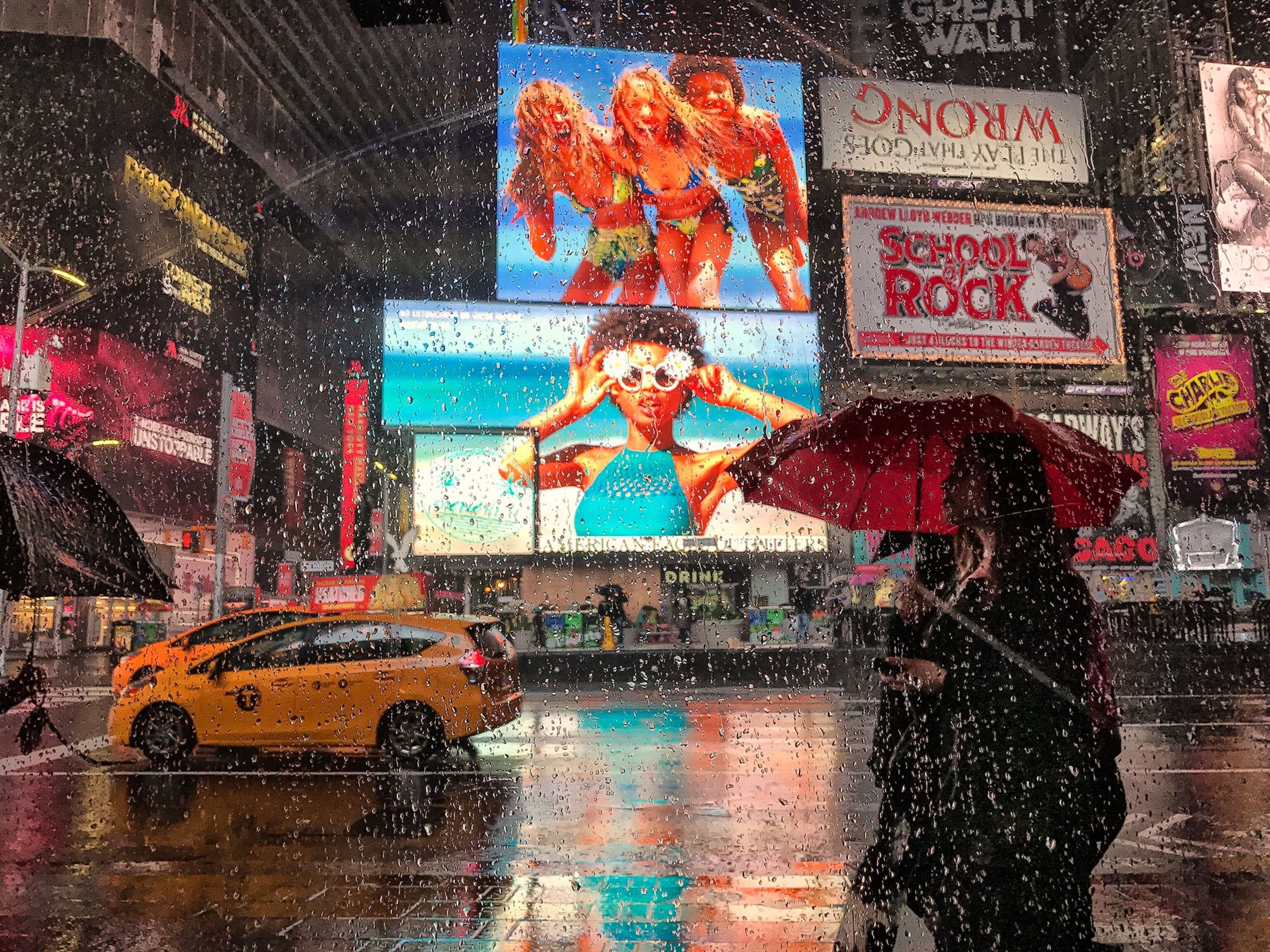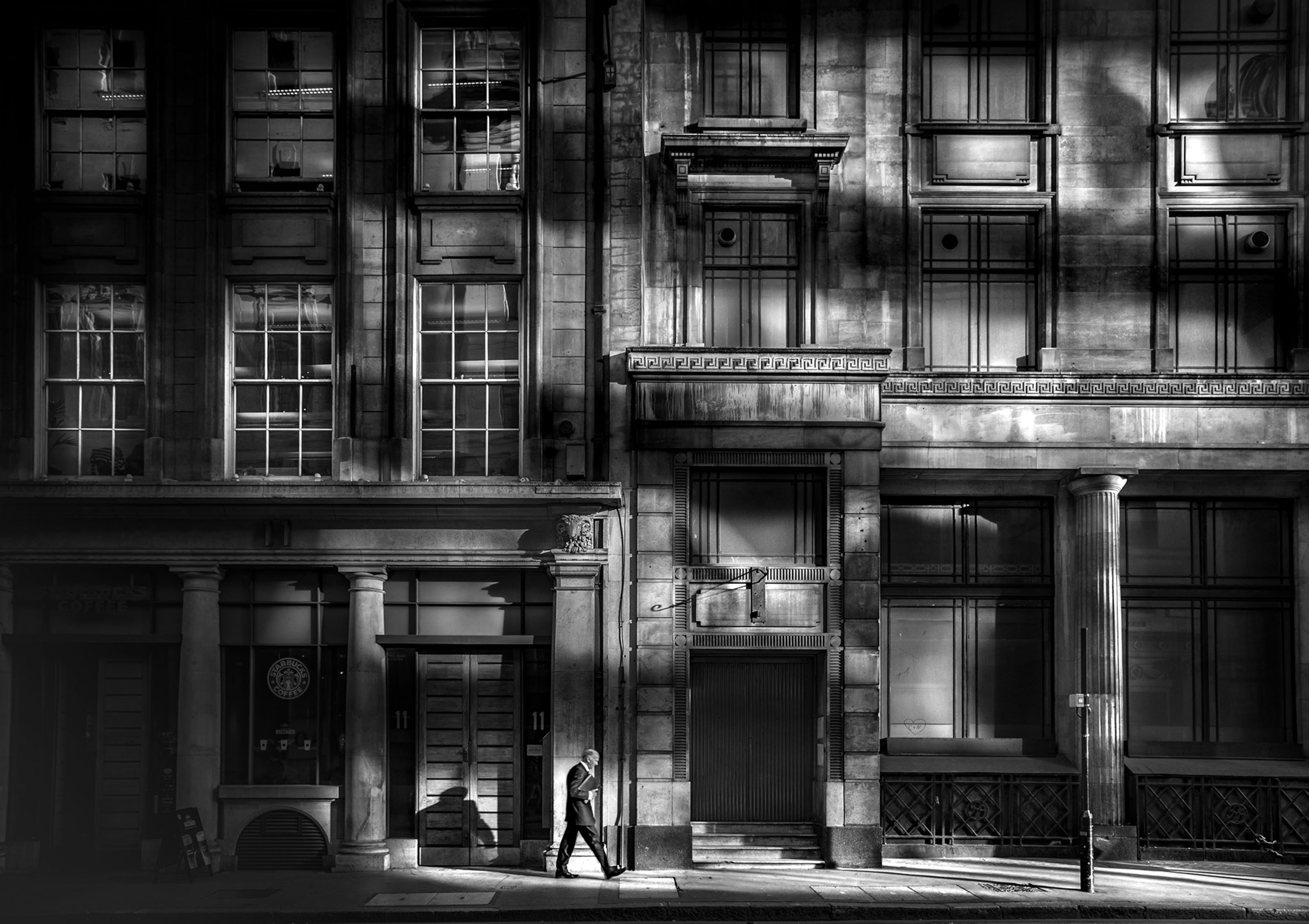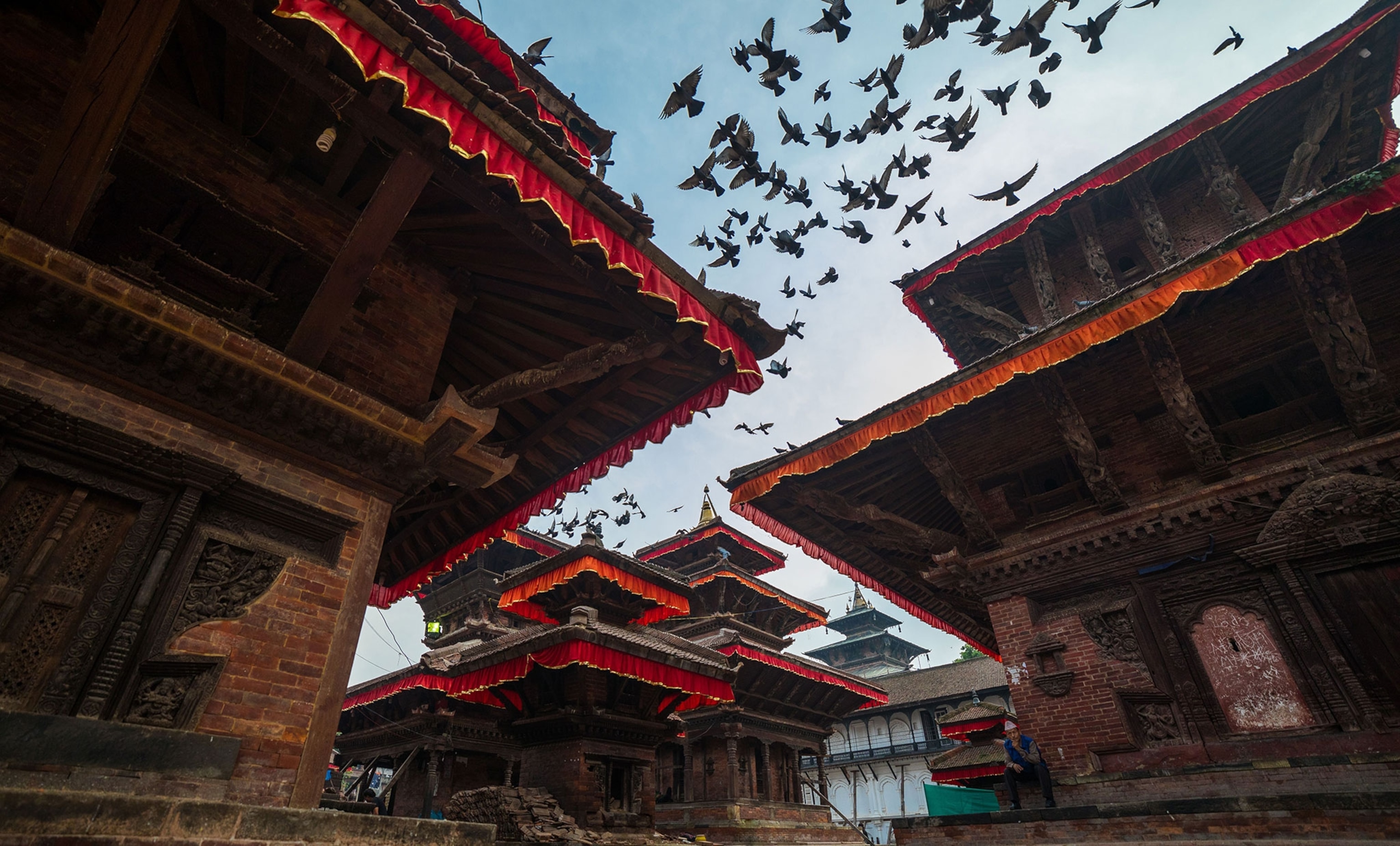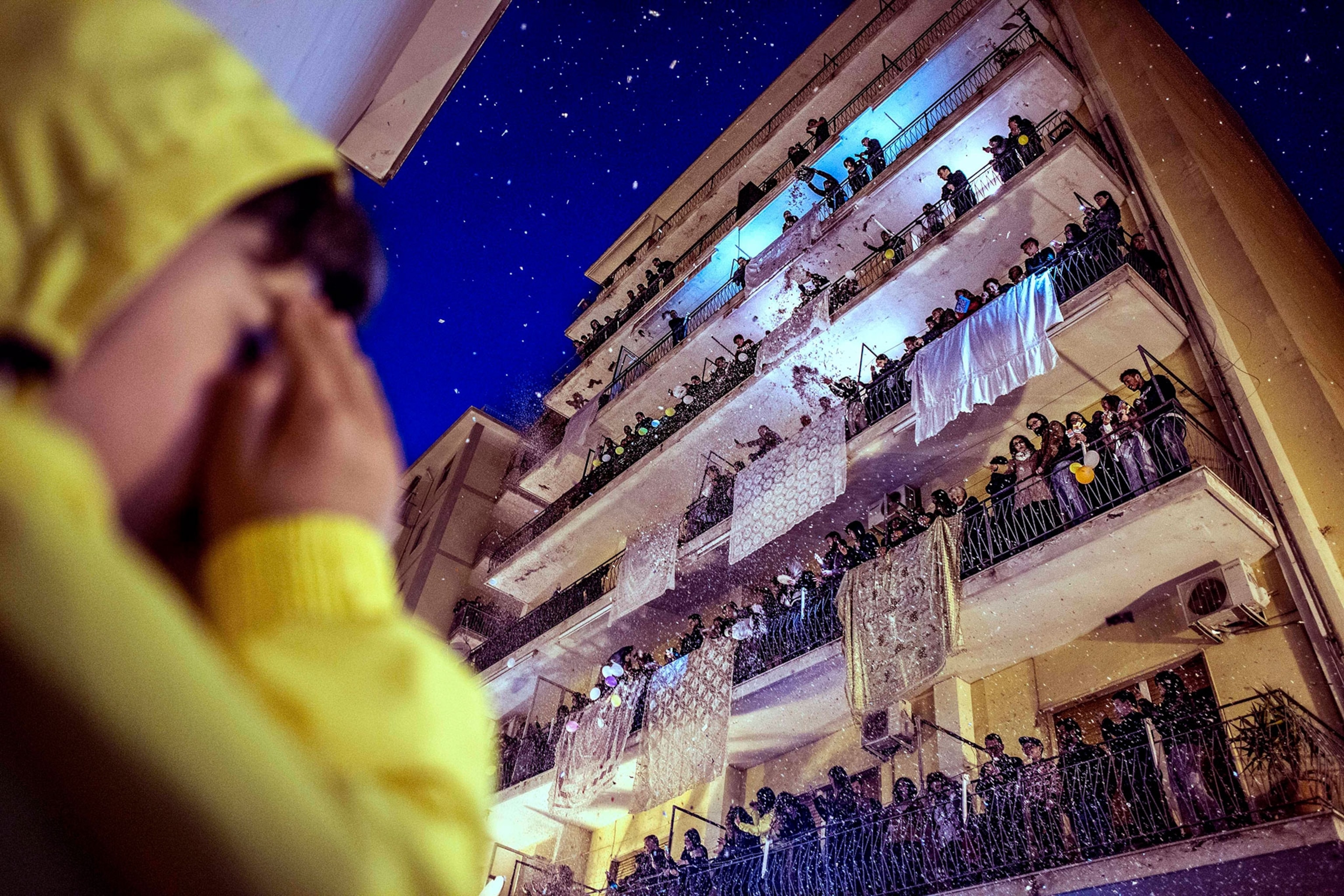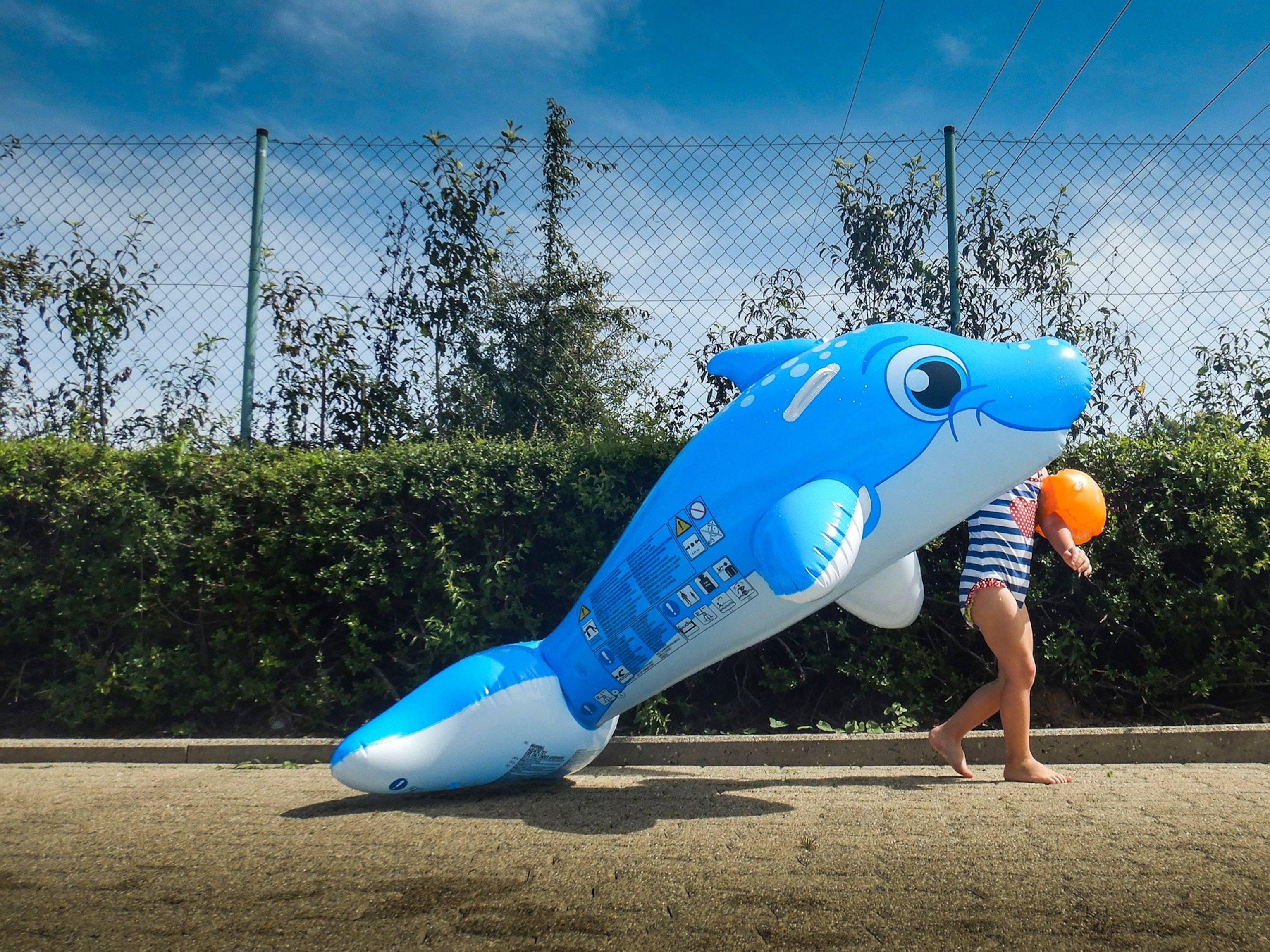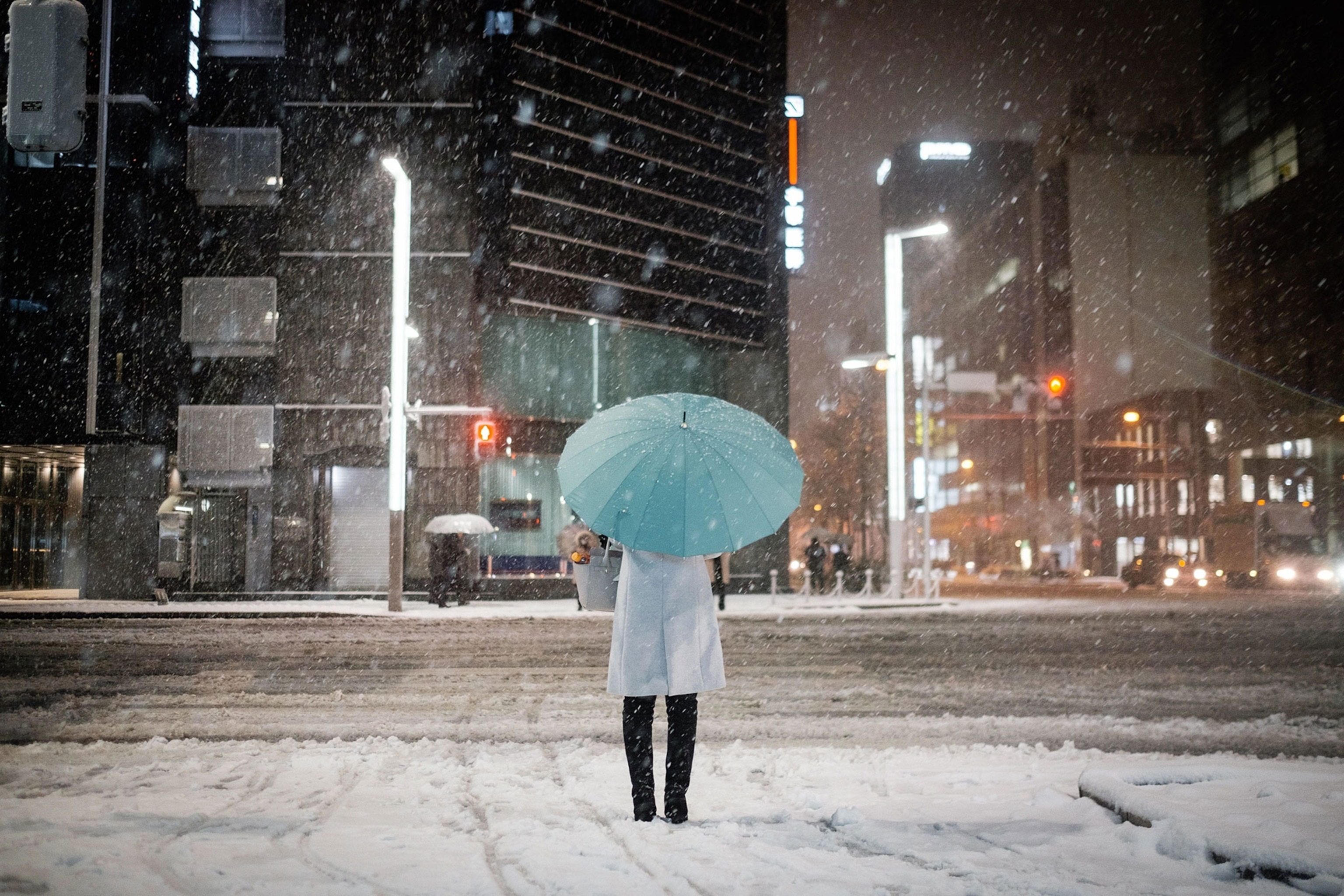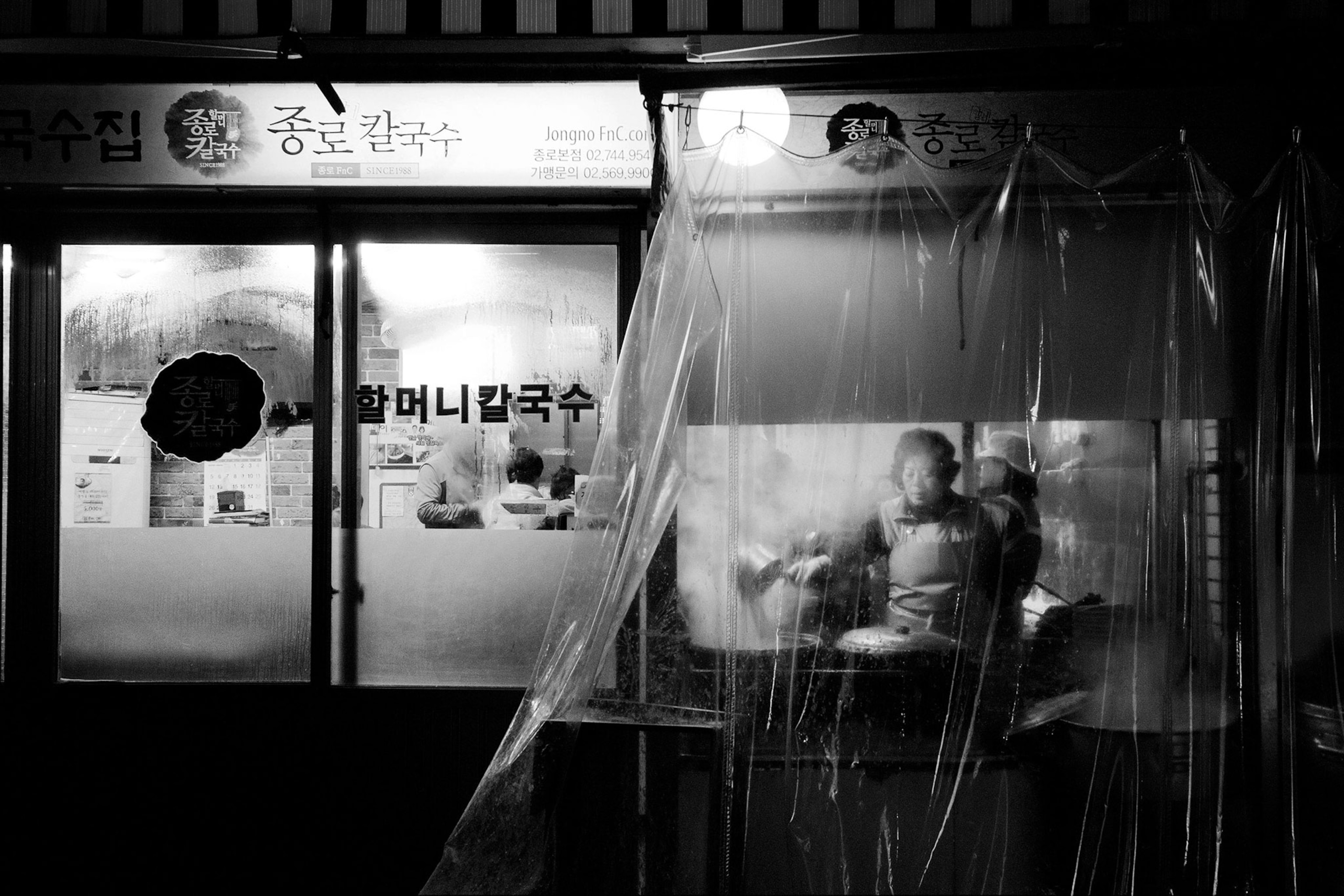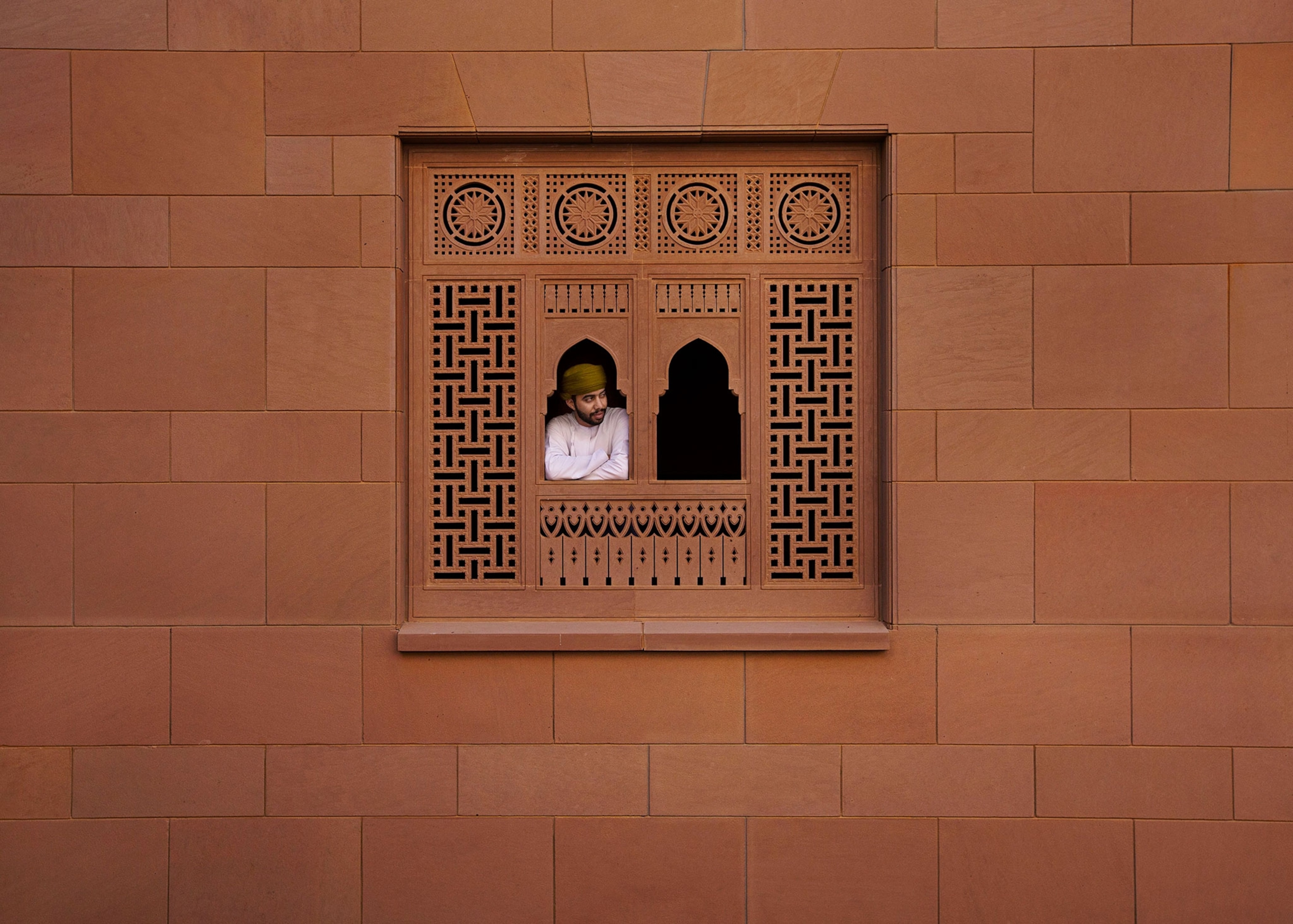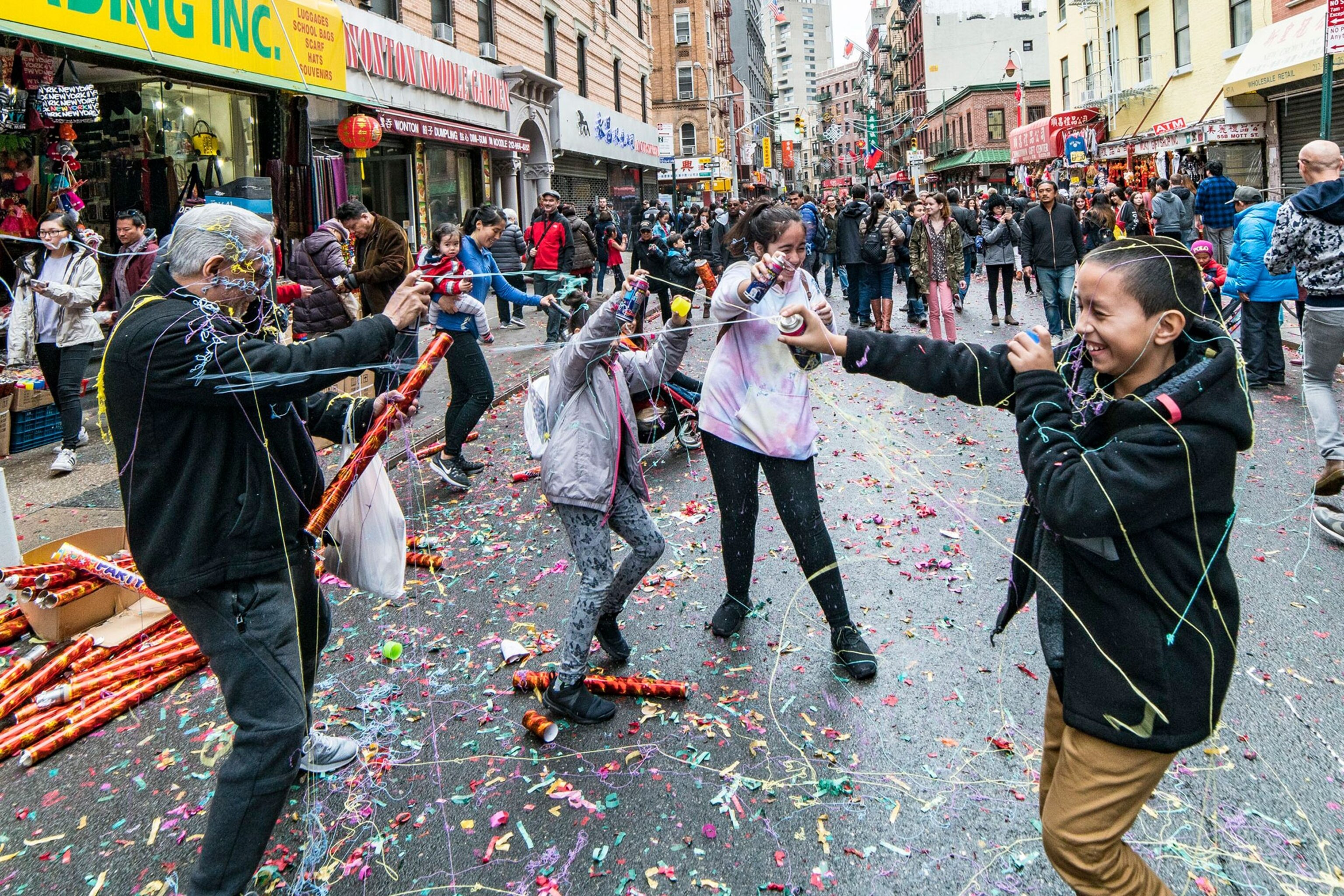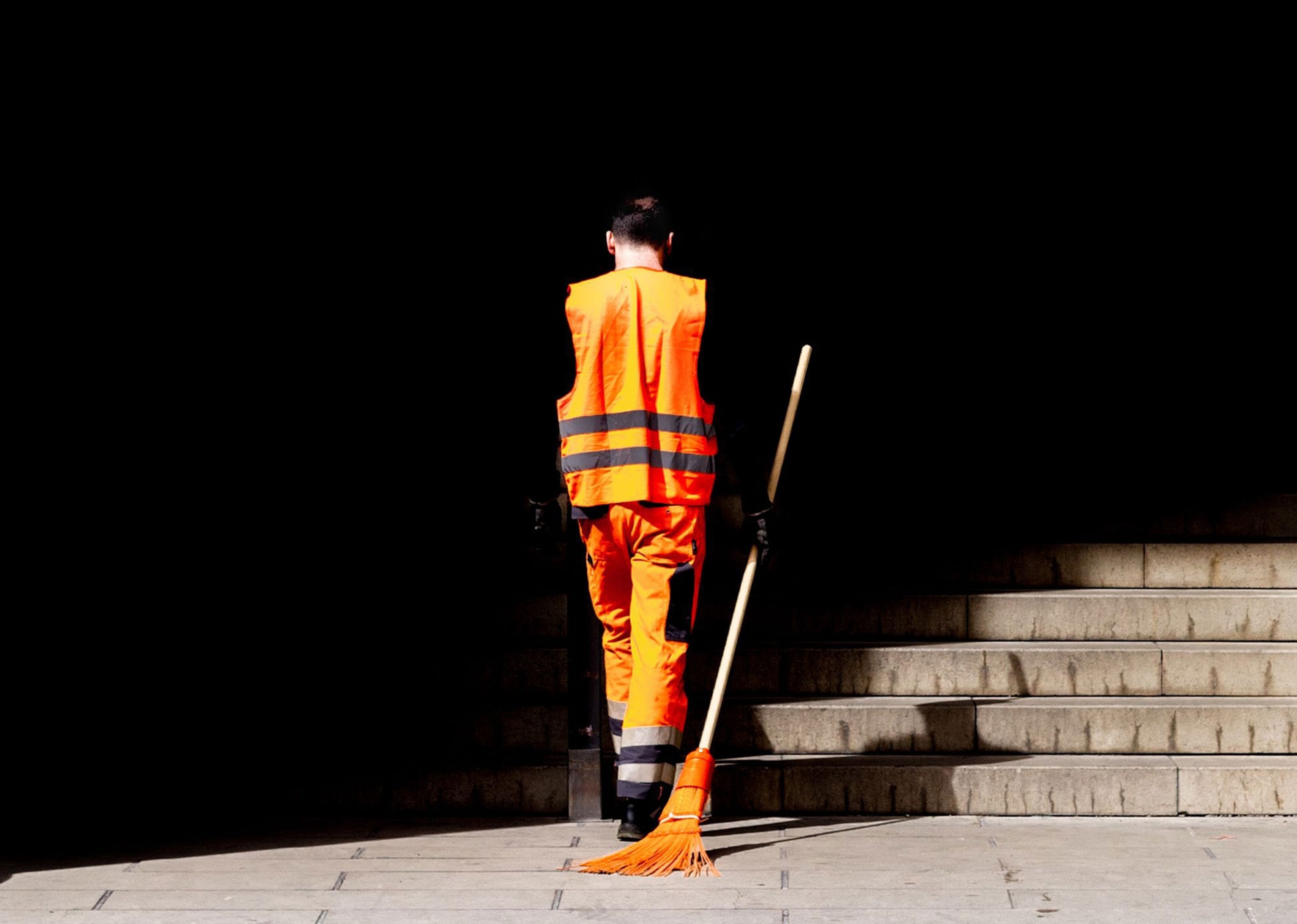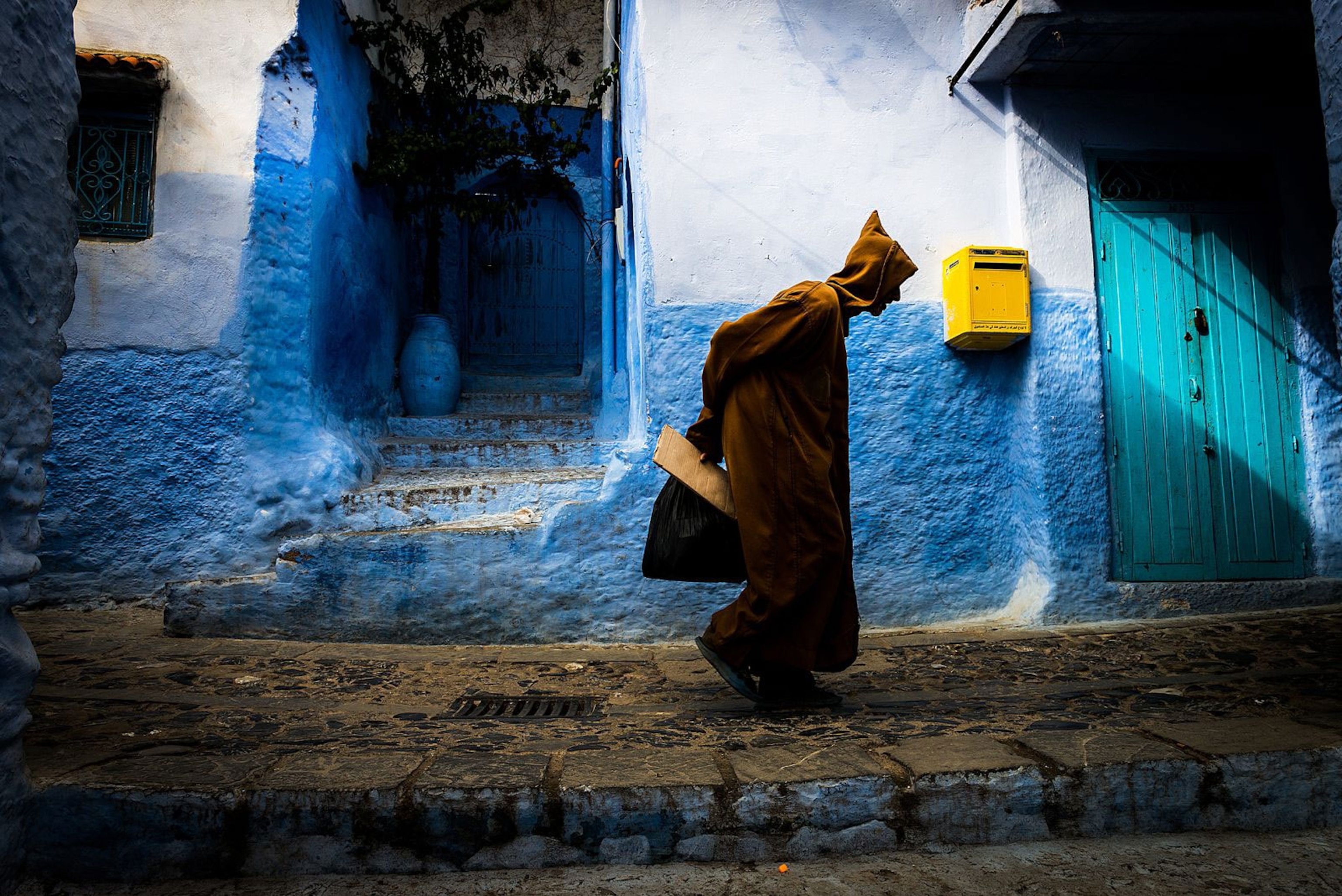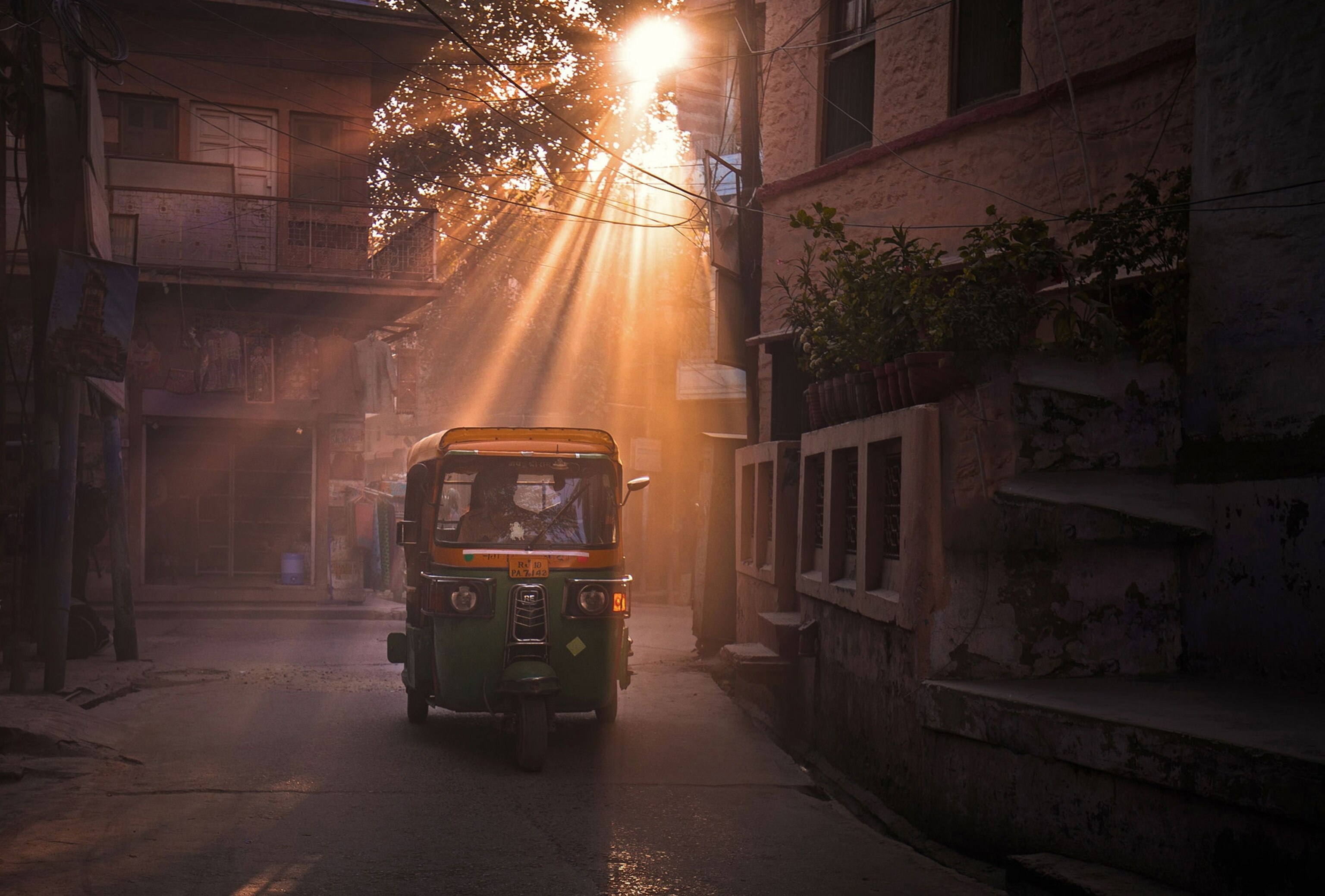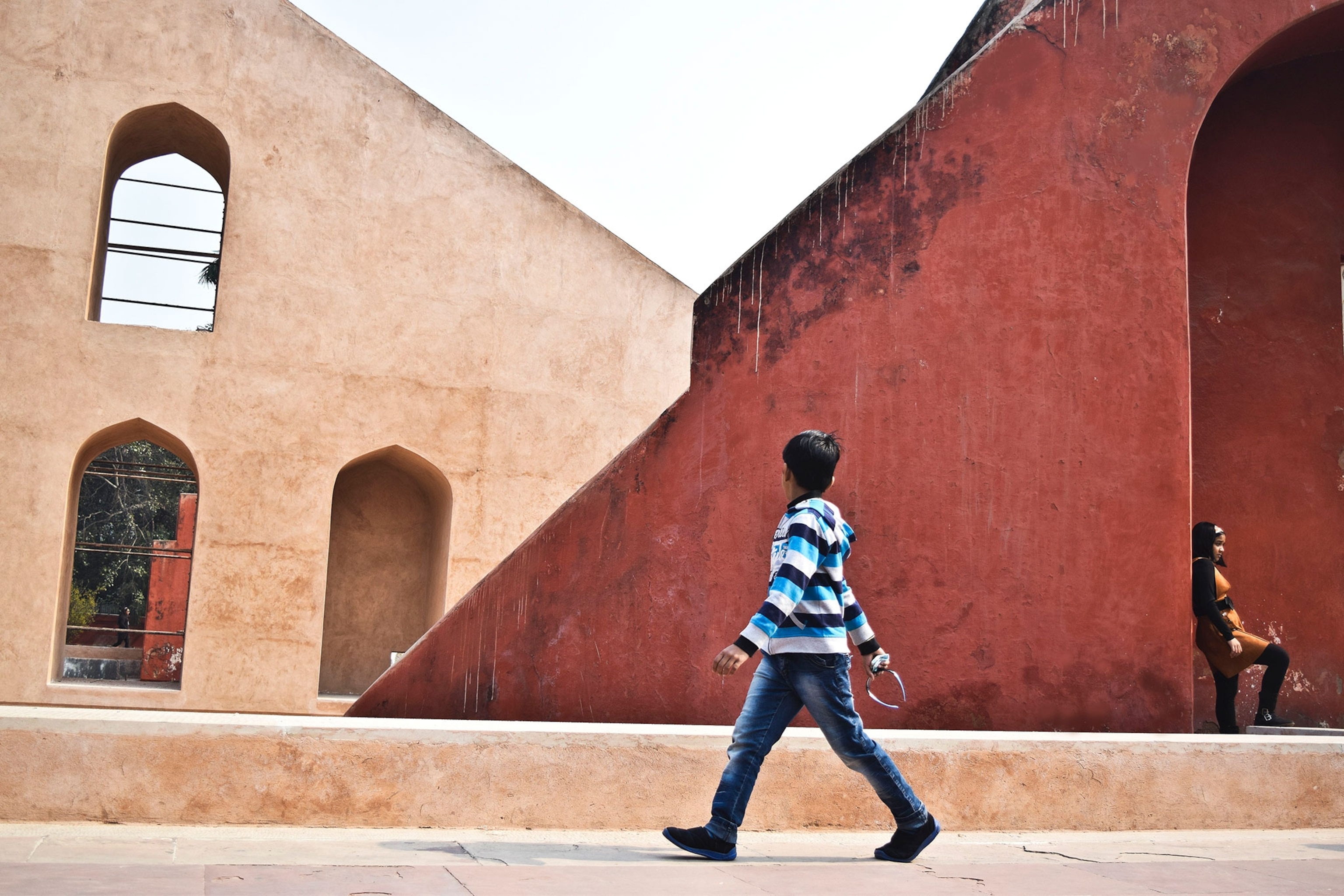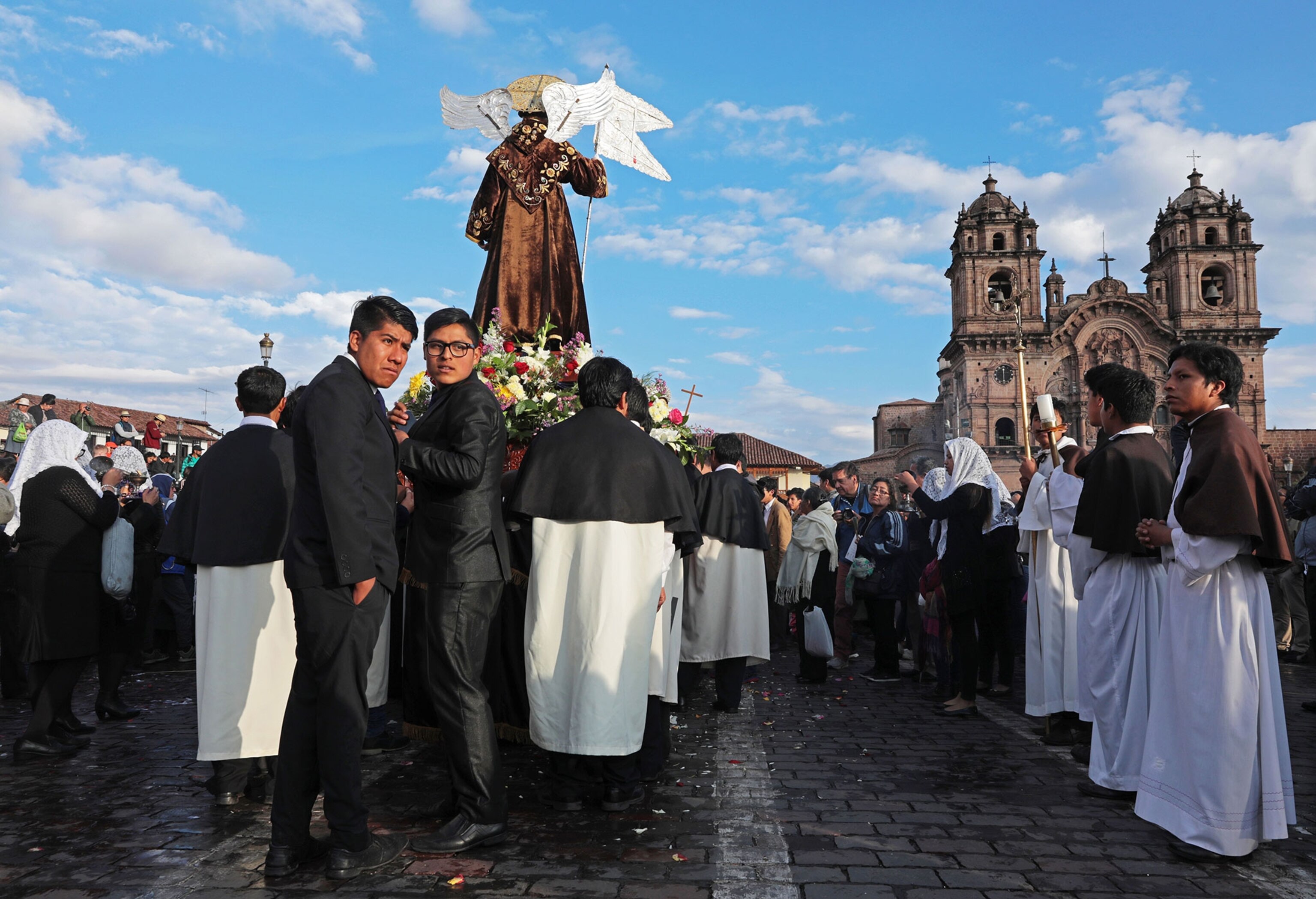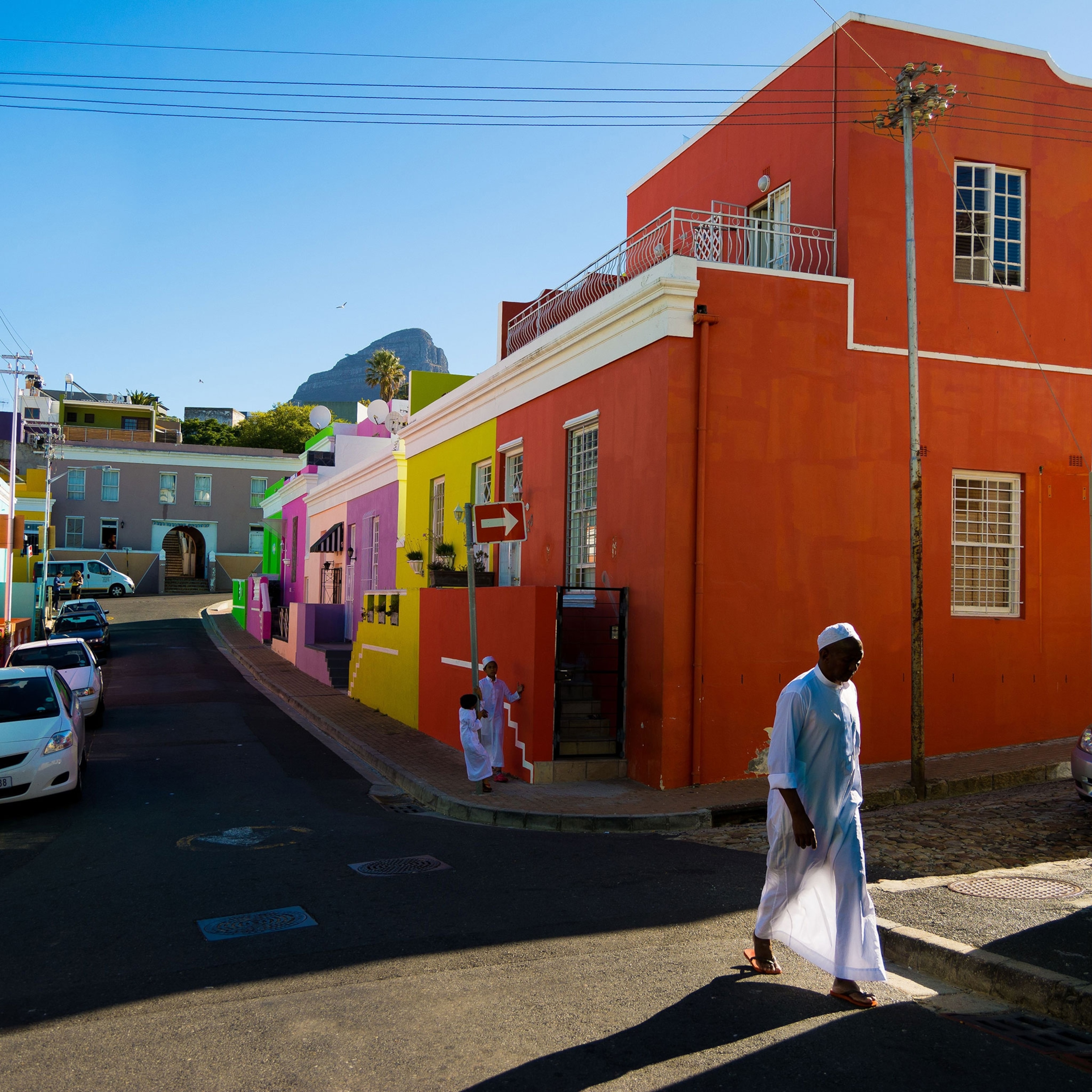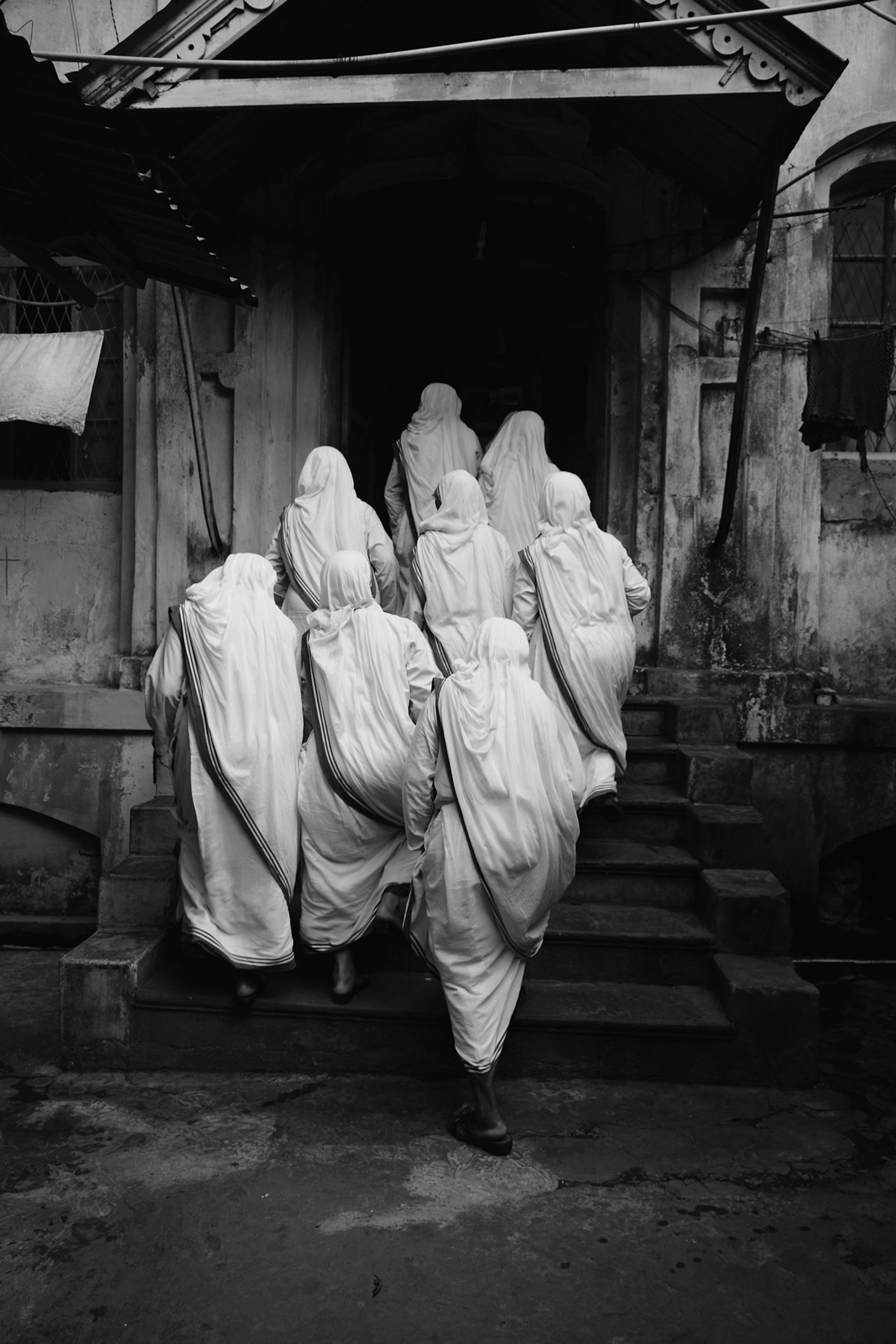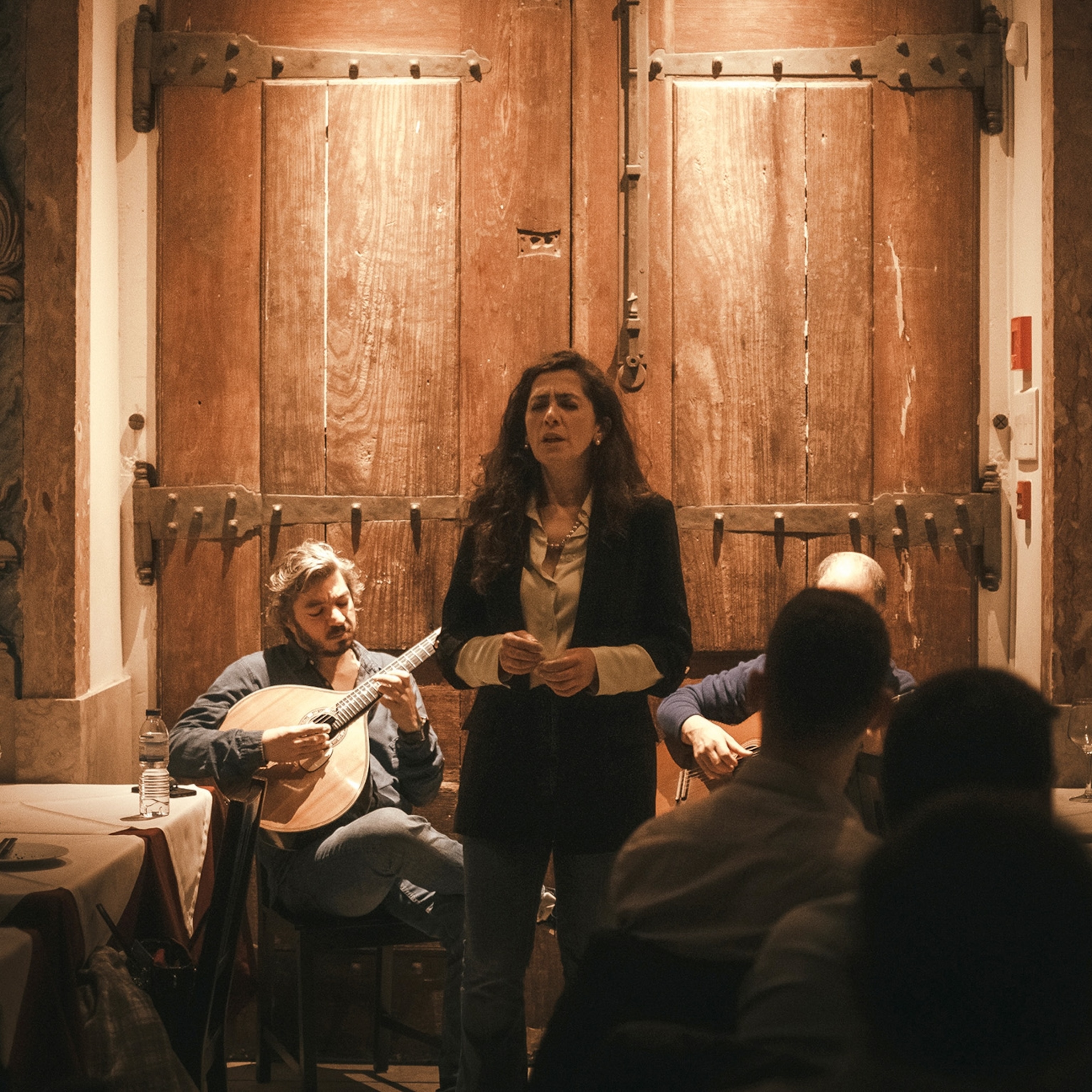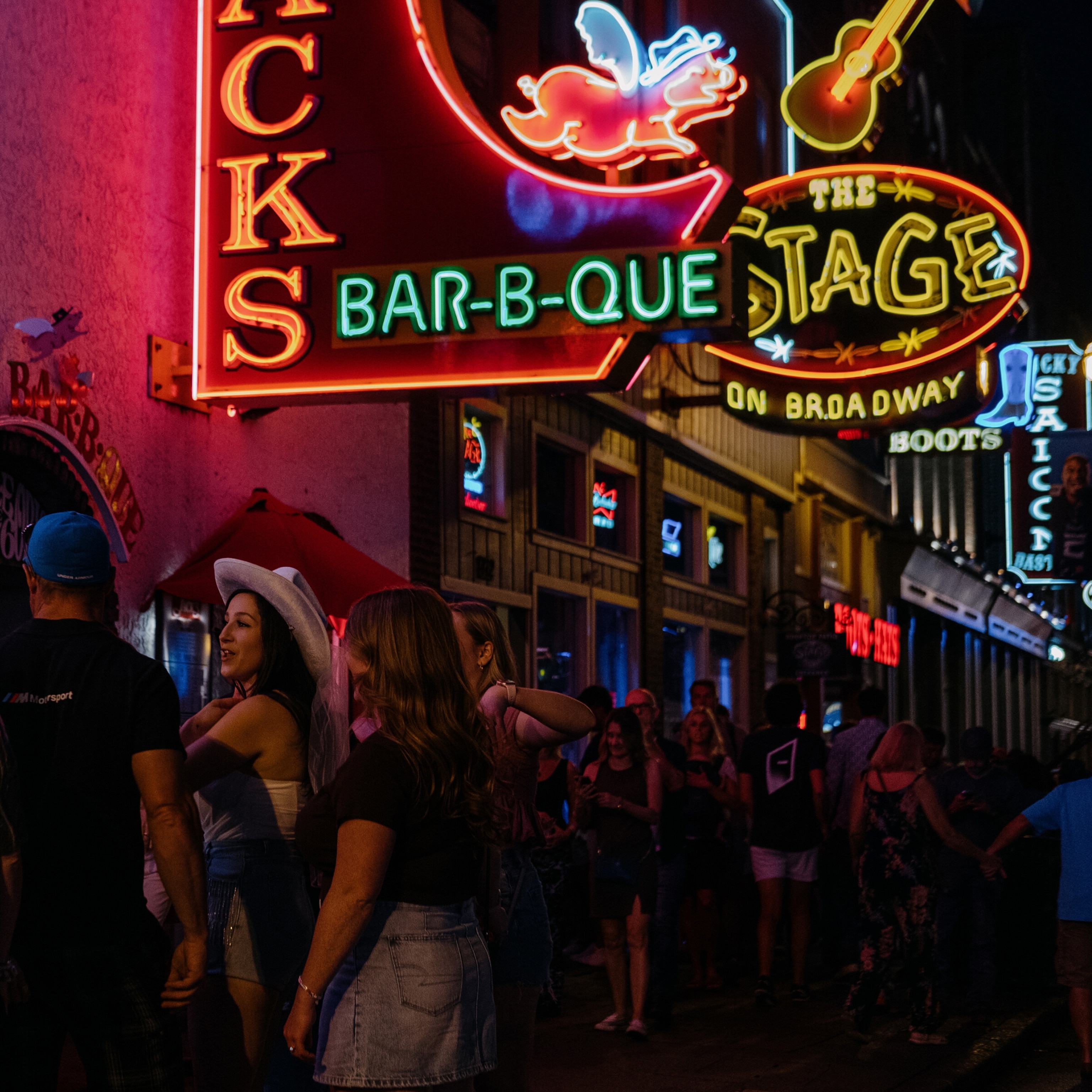
What is a soundscape—and how does it inspire creativity?
Every place marches to its own beat. For musicians on the move, the mantra is: Stop. Listen. And take note.
For many years now, I’ve earned my living as a touring singer and rapper, specializing in true songs. Like most of my professional peers, I spend months on the road, plugging the same microphone into a different cable on a new stage in a new city every night. But the most compelling connection between travel and art-making isn’t the touring, which can actually get pretty rote. It’s the time between tour dates, when I’m supposed to be writing new material, that I often rely on travel to jolt me out of myself and into songwriting.
But I was not always a songwriter, of course. If you visited the Mall of America Dairy Queen in 1995, we may have met already. I was 14 years old, often mistaken for a boy, and arguably one of the most dedicated members of the DQ staff. If you or your kid ordered a Blizzard with candy mixed in, I served it upside down—per managerial instruction—and blew both of your minds.
I took my role at the DQ so seriously in part because I am incurably Type A, but also because the money I saved from that first job would help finance a grand ambition: The summer of 1995, I took my first trip abroad. I flew unaccompanied to Sweden, for a long visit with my childhood best friend, Maria. She’d been born there and her family had decided to return to their former home, a small city called Umeå, just below the Arctic Circle.
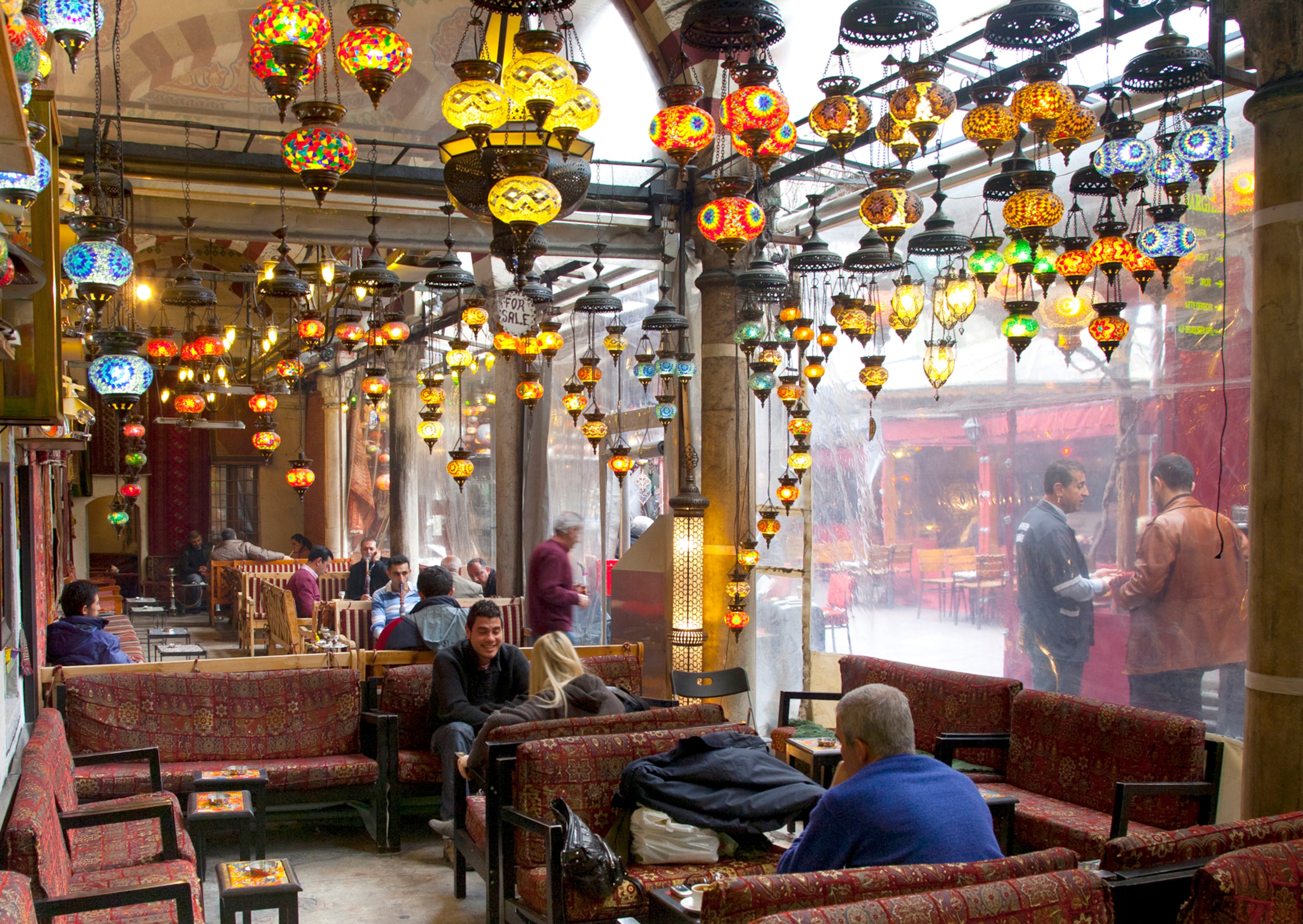
Maria was slender, impish, and completely fearless—a mix of Audrey Hepburn, Pippi Longstocking, and Tyler Durden. Traipsing around with her checked all the boxes for international adventure. I was transfixed by every item in every aisle of the grocery store. I fell into something like love with a friend of the family named Jonathan (but pronounced Yoo-na-tahn and cast in my memory as Adrian Brody).
Even the sun was exotic at that latitude: a thick, amber light still shining at 11 p.m. I learned to like salt licorice, which meant I had officially acquired a taste. I loved the fact that Swedish had a word for the condition of being at home without one’s parents, a word for “just the right amount,” and of course fjortisar—a word that describes that exact brand of trashiness that comes with being 14 years old.
As a really little kid, I adored language. It was my first big love, and that summer in Umeå, travel became my second. (Honorable mention goes to my junior high crush, Henry Jacox, whose initials I shaved into the back of my skater undercut around that same time.)
I was writing some cryptic poetry in the mid ’90s and I sang a lot around the house, but didn’t yet harbor hopes of becoming a professional musician. It seemed like the sort of dismissible ambition relatives would humor in a winking way at holiday meals. Besides, I was only the second- or third-best singer in my high school. Turns out that was enough to clear the bar. By the time I was 20, a rapper had asked me to join his band on the strength of my performance at a poetry slam.
Follow Dessa on her search for perfect harmony in Corsica.
I’m not a musicologist who sets off with a field recorder in the pocket of her cargo pants, looking to be inspired by melodies and instruments from far-away places—though sometimes I luck out and that happens. (The song “Fire Drills,” a lead single from my album Chime, started with a snippet of audio I captured on my iPhone in an Istanbul café.)
Usually I spend a lot of time just walking around, making friendly faces at strangers who might be willing to talk, with small change at hand in case a corner vendor is offering a treat I’ve never tried before. I trust that there’s a simple mathematical equation at work: seeing more of the world provides more grist for the imagination. It deposits more nouns and verbs and images into the mind, all of which can be withdrawn later, in the service of a new song.
But, to me, the big magic of international travel is in what it takes away. I can’t be funny and articulate in Beijing. I can’t even ask for milk in my coffee in Beijing. I don’t know how to board a train. I don’t know which pound coins in London are too old to be accepted by the kiosk. I don’t know what all the signs say in Delhi, but they’re so pretty—Hindi looks like lace. In countries with languages and norms that I don’t know, I really have to work at even the tiniest daily tasks.

Travel disengages autopilot; it forces us to restore full attention to the sensations of our bodies, the expressions on nearby faces, the bounce of light on the water, the graffiti on the church walls. We are re-sensitized to the smallest chores and objects and, more often than not, we find that they are wonderful.
Discover 15 musical marvels to see—and hear—around the world.
There are only so many ways to write a love song. The heartbreak’s in the details. My task is to de-familiarize myself with the steadily turning gears of human interaction, to try to see it all fresh, hoping to notice some minor detail that could vivify an otherwise forgettable scene: the tan line where a wedding ring used to be, the brief flash of a tattoo from beneath a shirt cuff, the fidgeting with a pen that means it’s time to replace the nicotine patch, the little audible inhale that Umeå residents use to express assent. It’s the smallest observations that can make a story feel big.
A strong feeling does not, in itself, make for a compelling song, any more than a pile of plain sugar constitutes a compelling dessert. It’s craft and culture that transmogrifies, rendering a slice of candied pumpkin in Mexico City, an opera cake in Paris, a wasabi Kit Kat in Tokyo, or a double-peanut-butter-cup Blizzard at a giant mall in Minnesota.
For those of you who haven’t yet visited Sweden, salt licorice tastes like black licorice dosed with soy sauce and spritzed with bleach. Get the large bag anyway; I’d guess it’ll take 15 servings before you start to like it.

